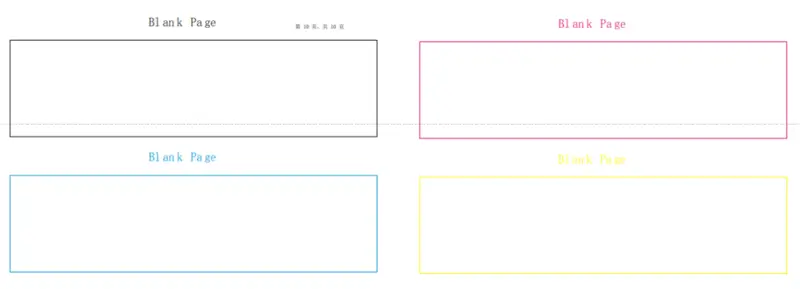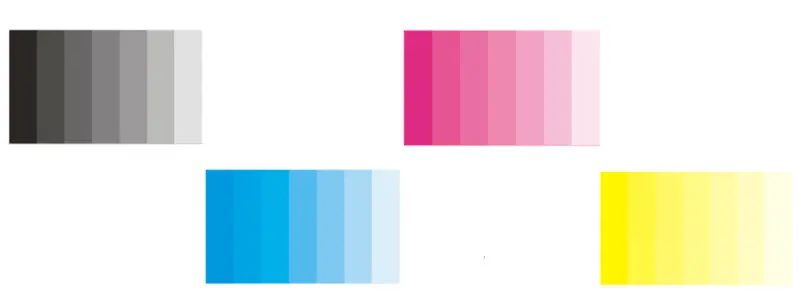Blackness Value:
Blackness value refers to the ability of toner to block light transmission. It is calculated by measuring the amount of reflected light using a blackness tester. The national standard GB/T 7048-2012 uses reflectance to express blackness value, while the international standard uses three parameters: My, Mc, and dM. Toner blackness value is a key indicator of toner printing performance, primarily affecting print clarity and stability.
The average blackness value for laser printers is typically around 1.48, ensuring clear text and resistance to fading. Prefer toner with a blackness value close to 1.48 to avoid printing issues caused by values too high or too low. Compatible toners should match the model to prevent device malfunctions due to parameter discrepancies.
Background Dust Value:
Images and text do not completely cover all areas of paper. Therefore, toner should not be noticeable in areas that should be blank. When toner adheres to these blank areas, the paper appears gray and hazy, which is called background dust. Background dust can be caused by toner residue on the OPC drum, a worn blade, or a full waste toner container. The value measured by the instrument in the supposedly blank area is the base gray value. For qualified products, the base gray value should be maintained at ≤0.02.
Color gradation:
Toner creates depth in print by creating different shades of gray. Not all images are rendered at their darkest color. For example, when printing documents, patterns of varying depths, such as light gray and dark gray, often appear. As a toner cartridge manufacturer, KBT tests and evaluates toner cartridges by simulating user printing scenarios. By comparing patterns of varying depths, we determine whether the product performs correctly at different concentrations and whether images of varying depths can be accurately recognized and distinguished.
Resolution:
Toner’s resolution is primarily determined by its particle size and distribution characteristics, directly impacting print or copy image quality.
When printing relatively fine images or lines, low resolution prevents these details from being rendered, resulting in unusable printed documents. To ensure this, testing lines or text of varying thicknesses is necessary to determine if the product’s print resolution is normal. Typically, the toner’s resolution can be assessed by observing whether lines are sharp and crisp, text flows smoothly around corners without broken corners, and whether there are any hollow areas.
Uniformity:
Some customers may print documents with large areas of depth. If the product’s uniformity is poor, these large areas of image may be difficult for users to read. To address this, the KBT toner factory simulates end-user grayscale testing of large areas to determine if the product’s print uniformity is normal.
Fixing Firmness:
How firmly the toner adheres to the paper. During daily printing, users inevitably touch the printed document surface. If the toner’s fixing is insufficient, the image or text on the paper will be rubbed and worn, affecting readability and making it difficult to carry and store.
Waste Toner Rate:
The waste toner rate refers to the proportion of waste toner generated during normal printing. The waste toner rate directly affects the number of pages a toner can print. Low-quality toner produces a higher waste toner rate, resulting in fewer pages.
Toner particle size:
The size of toner particles will directly affect the stability of the toner. If the particles are too large, the stability and resolution of the toner will be reduced, and the equipment accessories will be worn and the service life of the accessories will be reduced.





Leave A Comment